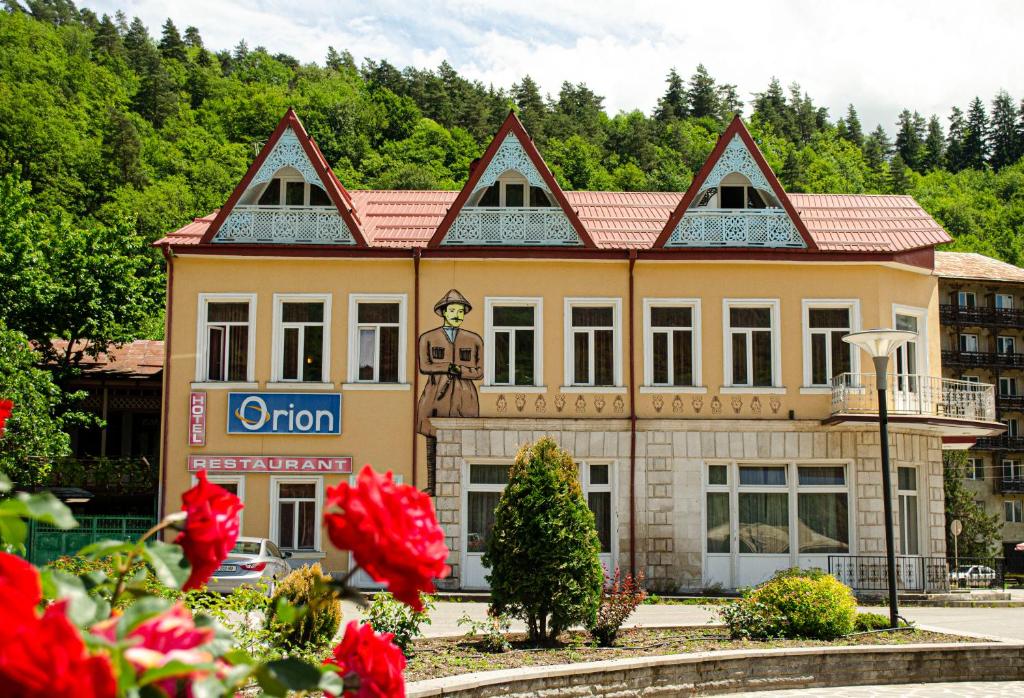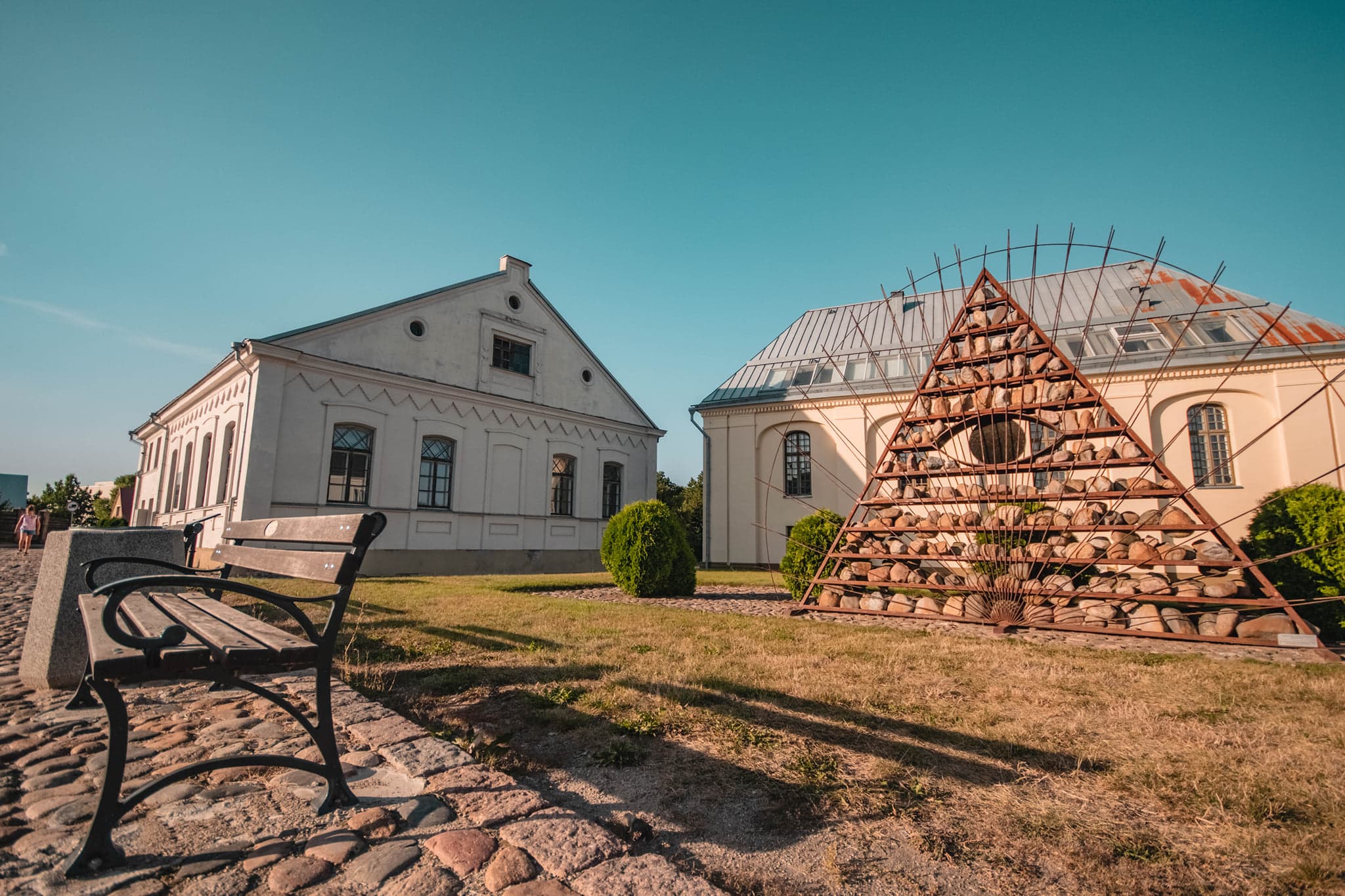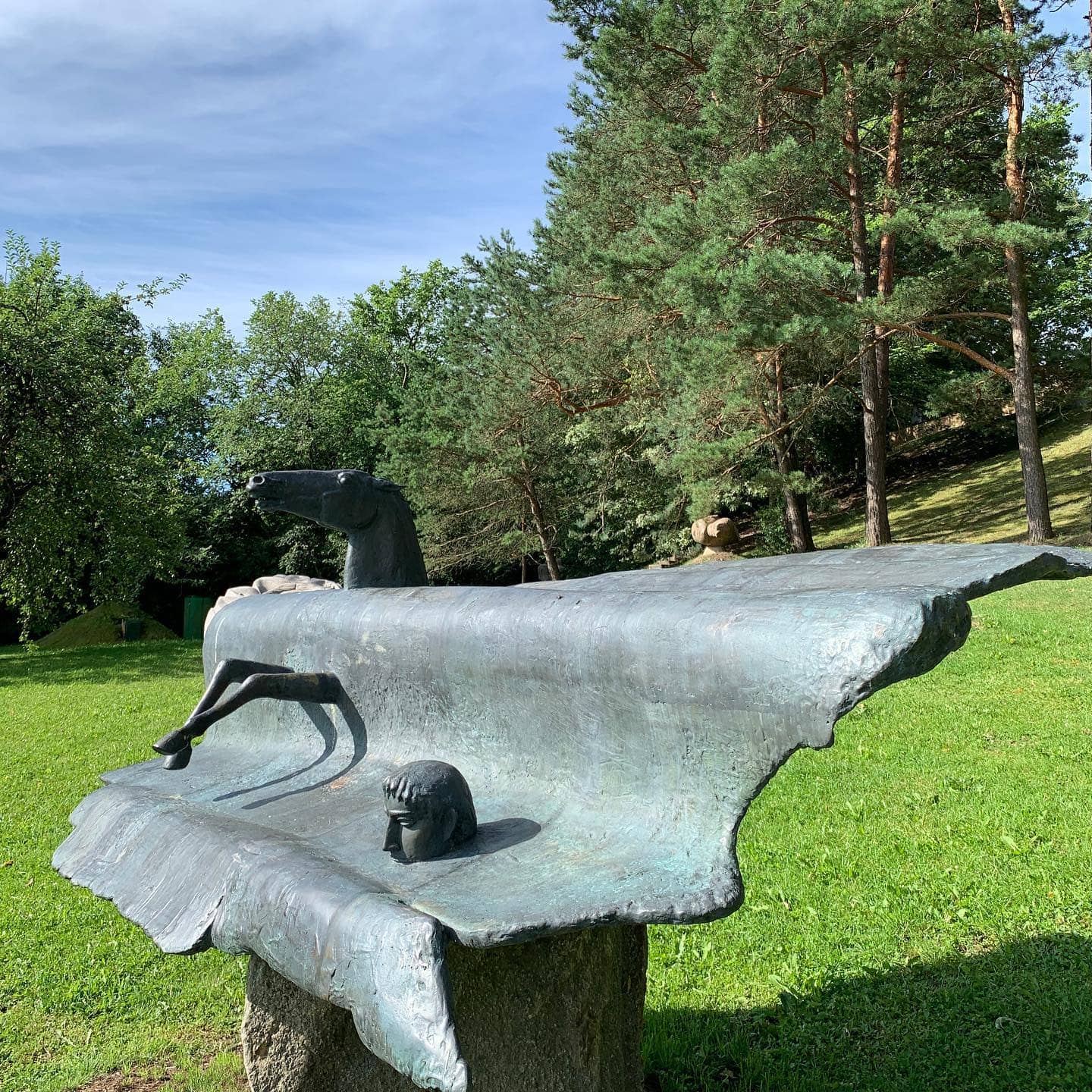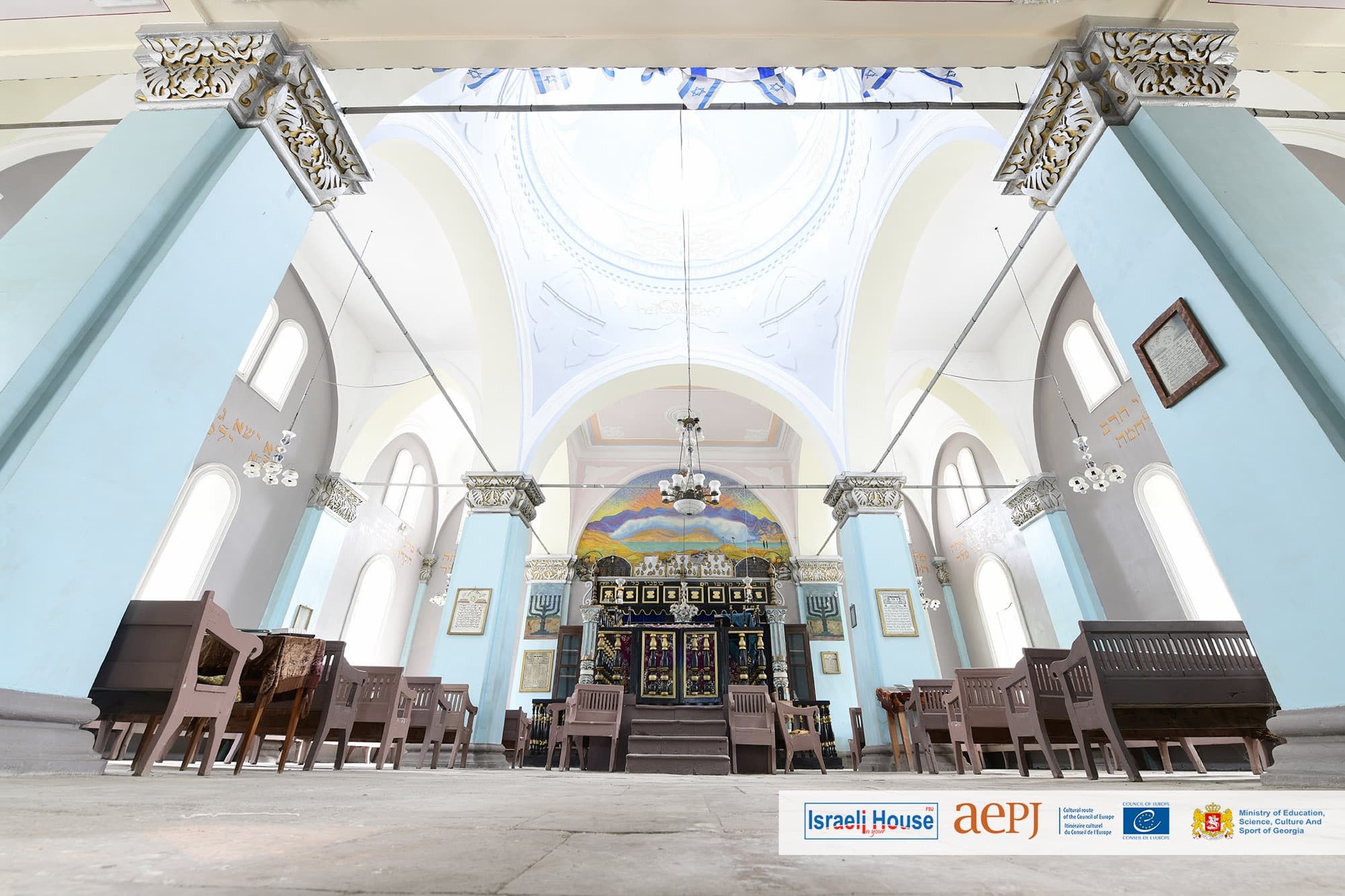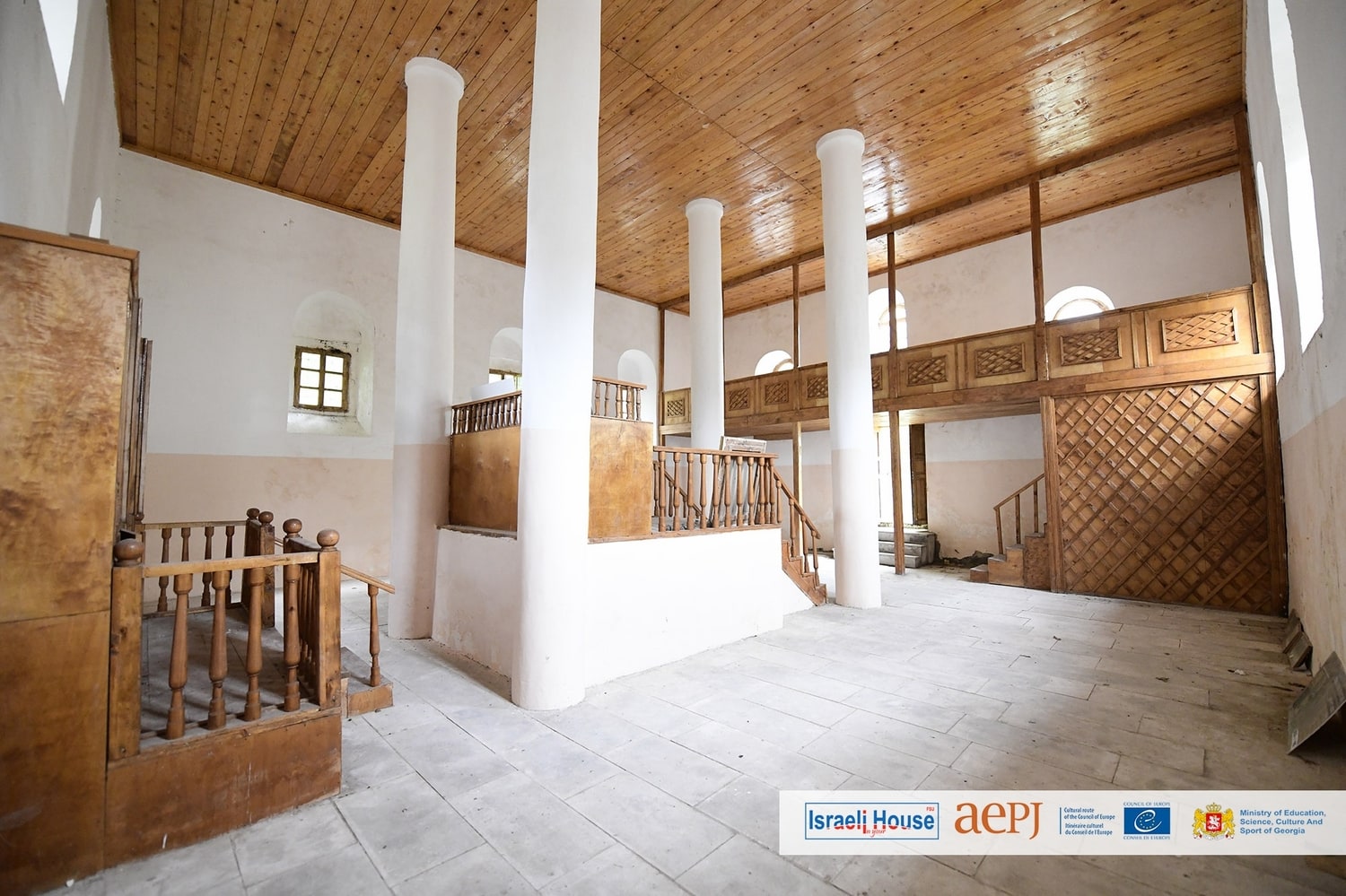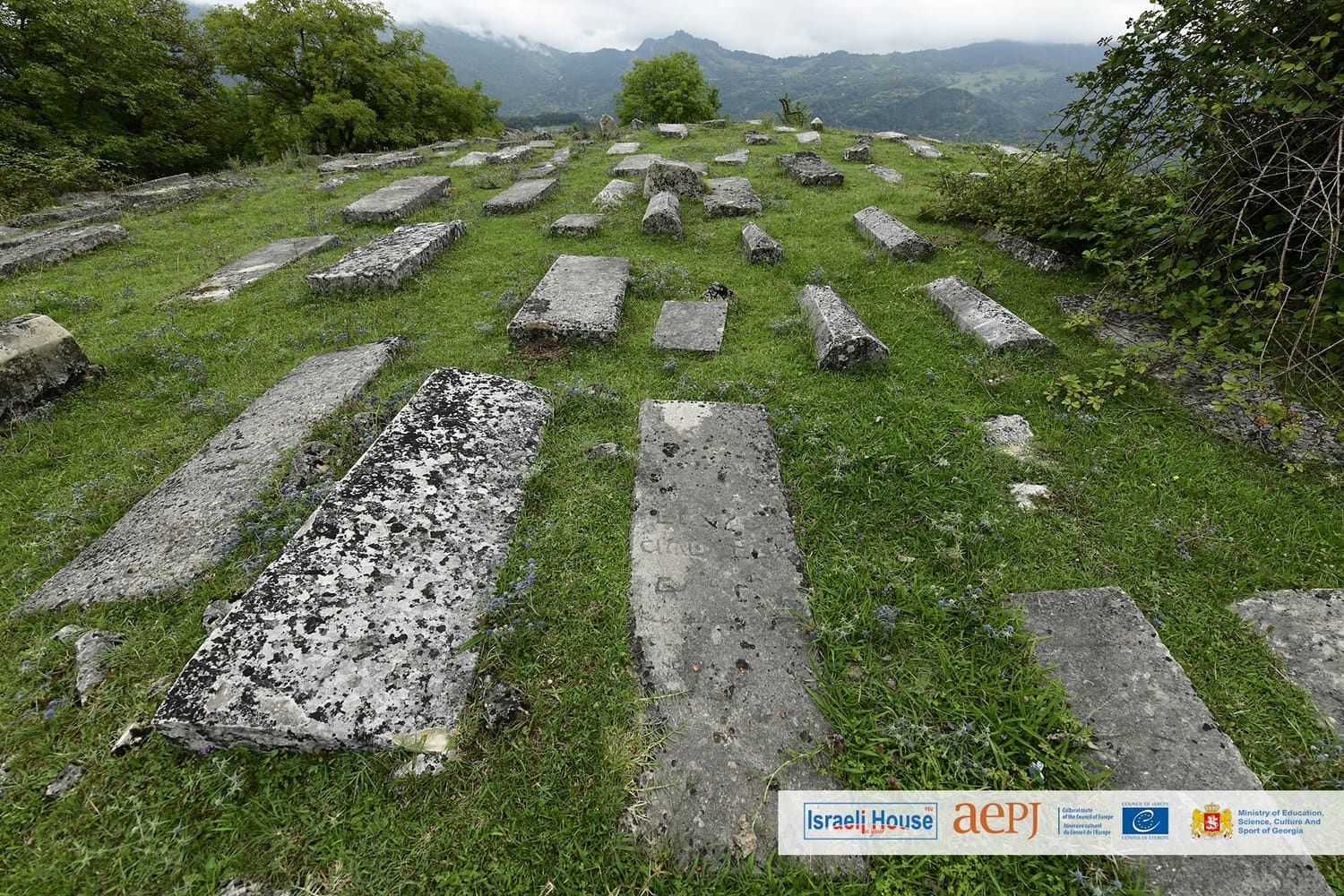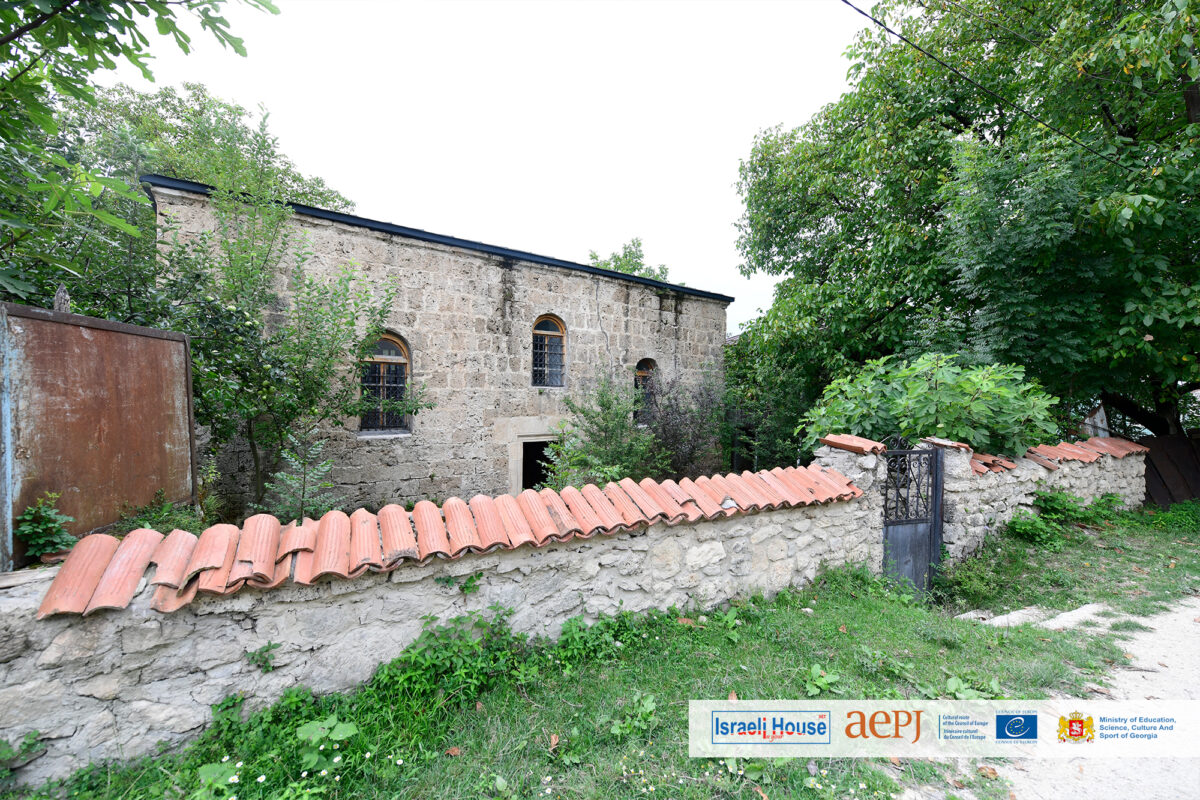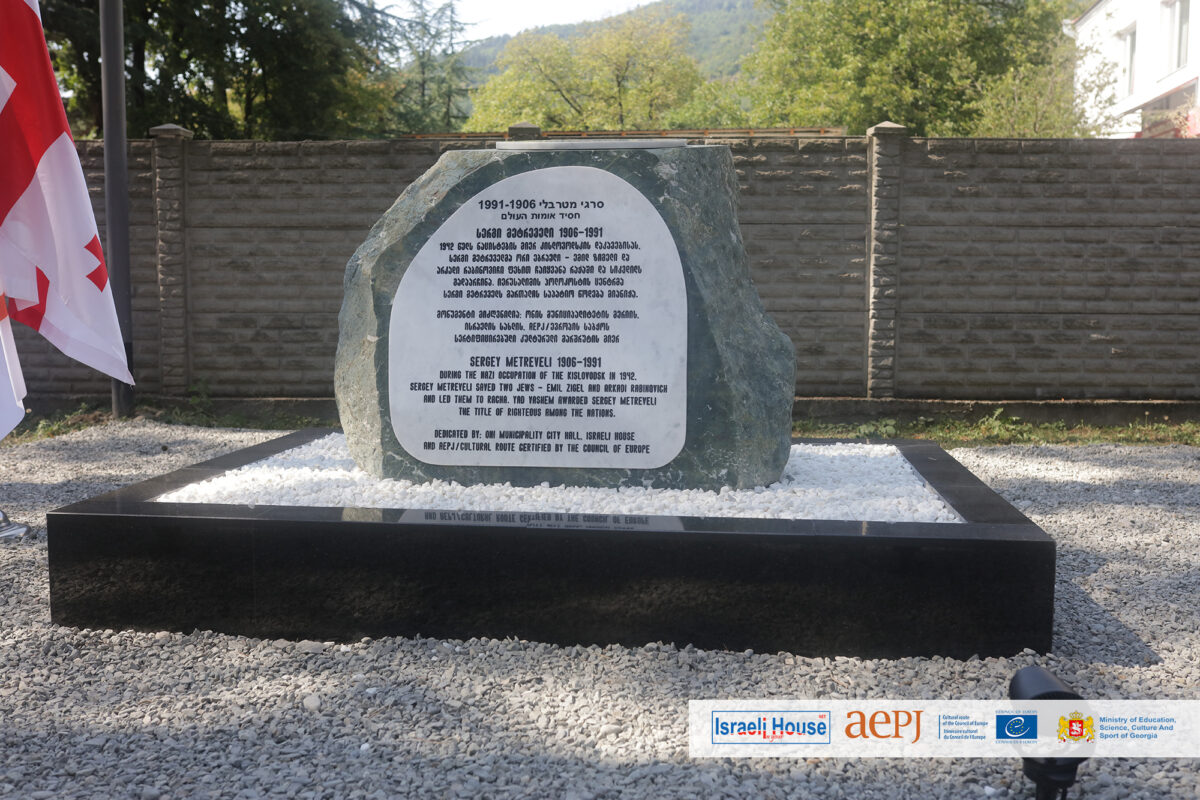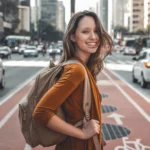The Jewish history of Germany predates the establishment of Berlin as it is known today by more than 1000 years. The community has seen success, innovation, and acceptance. It has also been subjected to the horrors of antisemitism culminating in one of the worst travesties against humanity the world as ever seen, the Holocaust. No one would ever have thought that after such trauma the Jewish community of Germany would continue, let alone rise to the heights it has today.
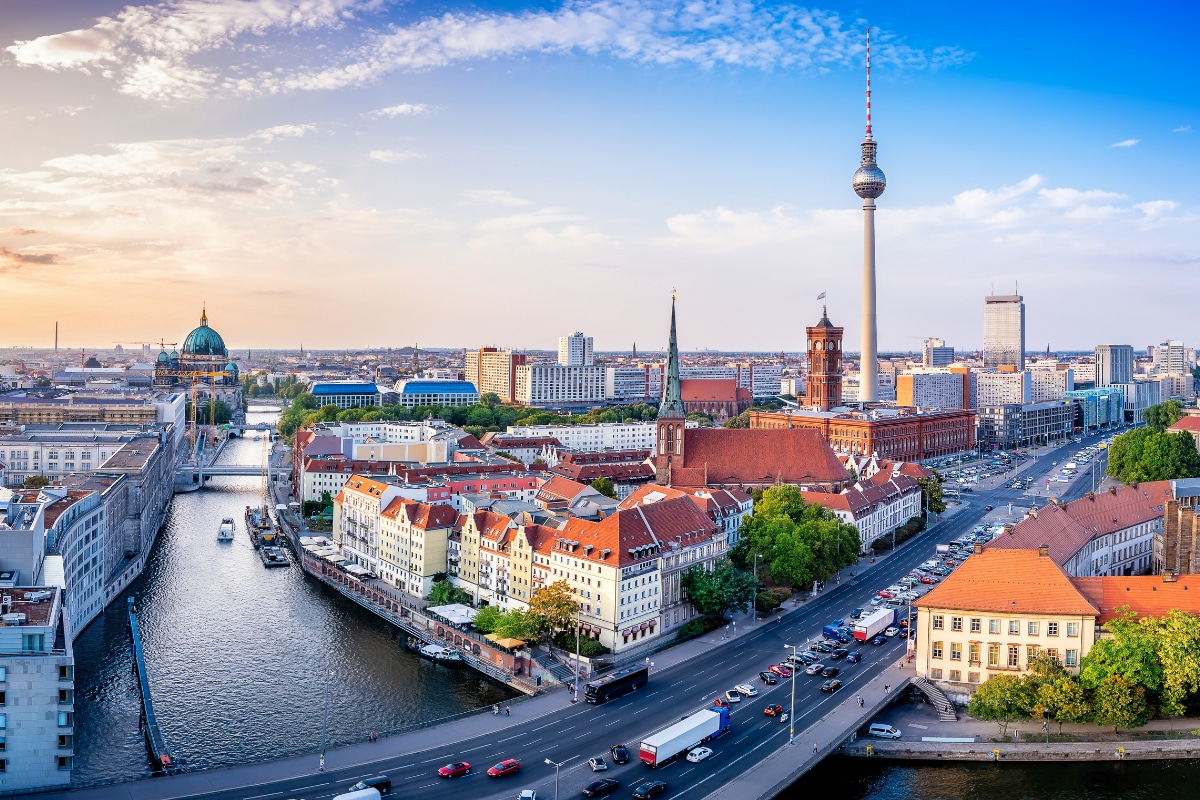
From a Cattle Market to a Quarter and Then Near Oblivion
From the time the Holy Roman empire stood Jews have lived on German soil. For hundreds of years they existed as a minority in mainly rural areas. The city of Berlin was established in the medieval period in 1237. In keeping with the tradition of European cities a small minority of Jews were granted permission to establish their own insular district. They were meant to increase the wealth and trade connections of Germany.
This district was located just outside the city walls. By 1900 the majority of German Jews lived in metropolitan cities like Berlin. Jews served as bankers, lawyers, and merchants. They were also at the forefront of major philosophical movements, both religious and secular, like the Enlightenment period and the Haskalah movement.
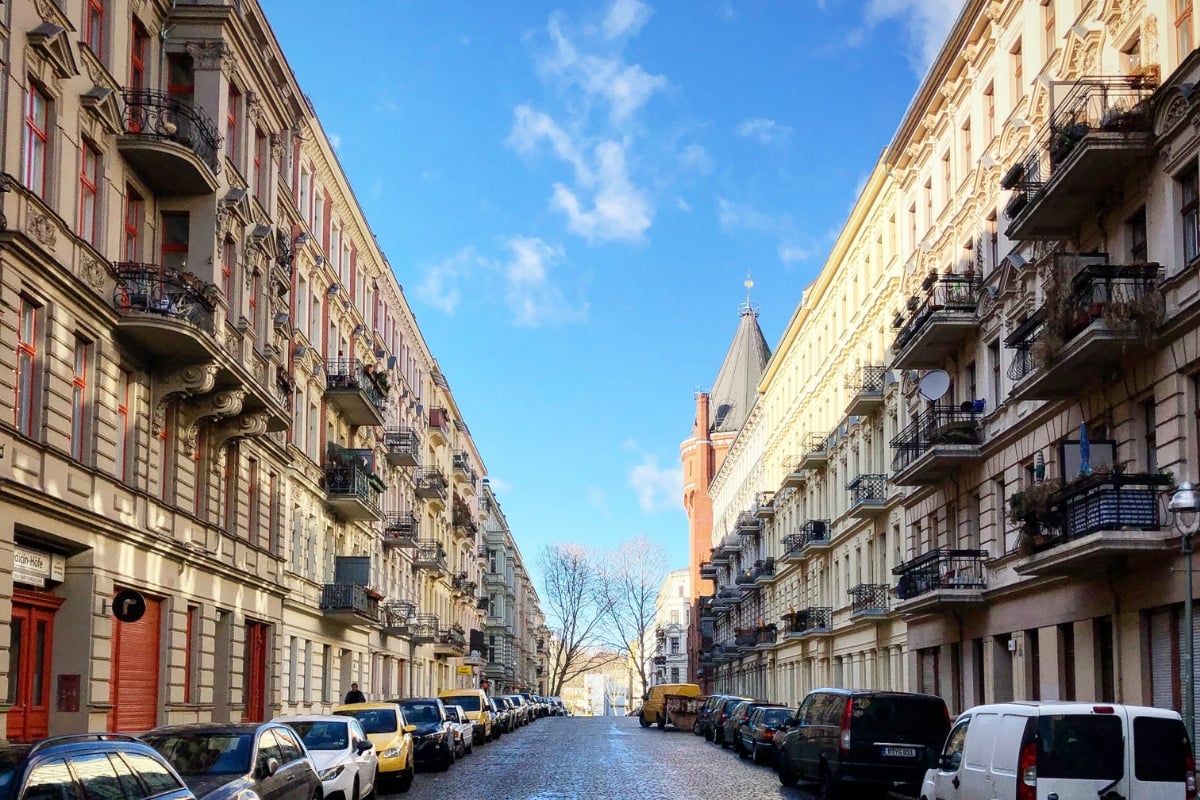
All this success in German society came to a crashing halt with the progression of the Holocaust. Antisemitism had always existed in spades within German society but the Third Reich fanned these flames of hatred. Despite the obvious merit and contributions of the Jewish community, the general population believed them to be untrustworthy. The seed of all devastation in the nation.
In 1933, Jews were demoted to second class citizens. Their businesses were vandalized, they were not permitted to enter certain spaces, forced to wear the yellow star, and finally placed in ghettos. Then came the final hammer fall of the Final Solution. Between 1941 and 1945 Jews were shipped to work and extermination camps. By the time the allied forces liberated camps across Europe only 15,000 German Jews remained.
Most immigrated to other countries, however, some chose to stay to try and rebuild what had been lost. The latter was a widely unpopular decision. Most Jews believed that morally and emotionally they could never again call Germany home. After years of painstaking work to confront the evils of the past and rebuild, today there are more than 30,000 Jews living in the city of Berlin alone.
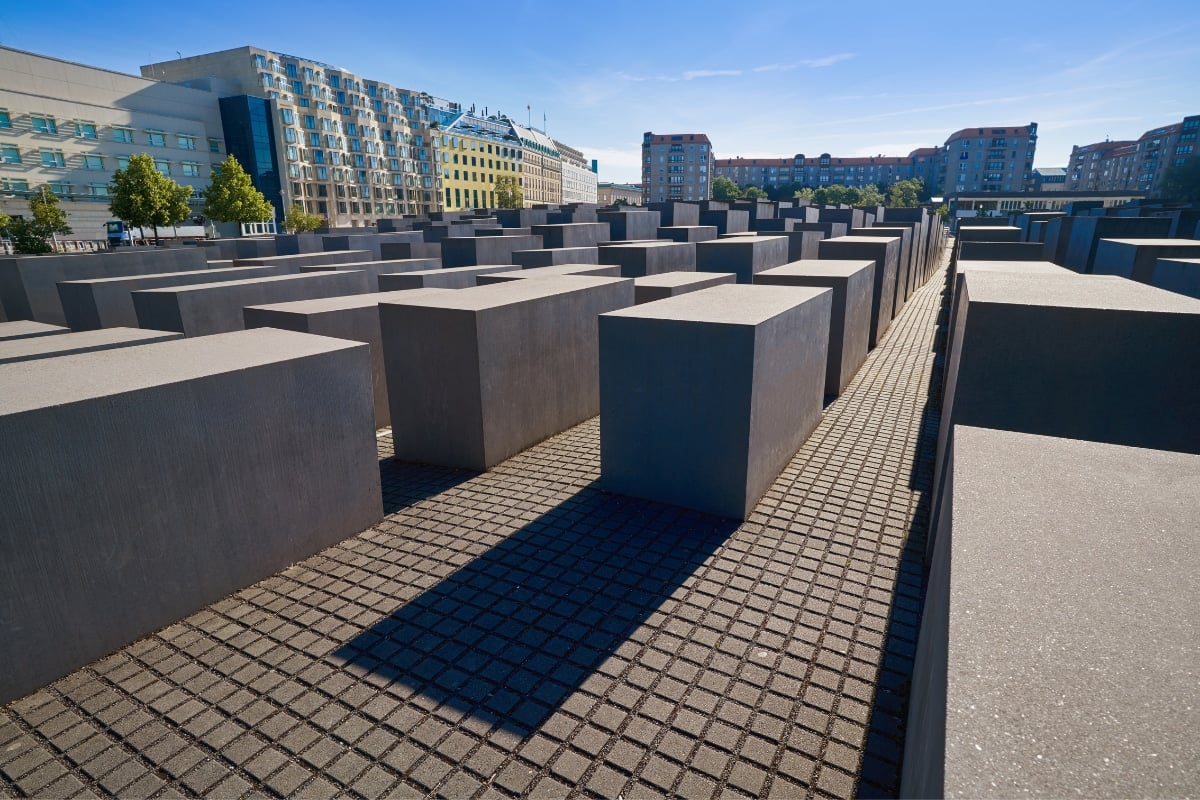
The German Jewish Community Remembers and Thrives
There is a steadfast commitment to the preservation and renaissance of Jewish history in Berlin, with special concentration on the original Jewish quarter. The city did not establish a Jewish quarter within its limits until the mid to late 19th century. The quarter was named Scheunenviertel, taken from the German word Scheune, wooden barns. This was in reference to the hay barns that were located in the Jewish district outside of the city where there once stood a cattle market. The area was the epicenter of Jewish daily life as well as cultural and religious activities.
One of the most iconic sites in the history of the Jewish German community is the New Synagogue of Berlin. This mid-19th century architectural jewel resembling the Alhambra was designed to fit almost 3000 attendees complete with an organ and choir. It was severely damaged during Kristallnacht and set ablaze. The site was saved by Lieutenant Otto Bellgardt. In a brave effort to uphold the protection of the synagogue as a historic site he ordered the arsonists to disperse. Today the synagogue stands as a testament to the resilience of German Jewry and the actions of one righteous man.
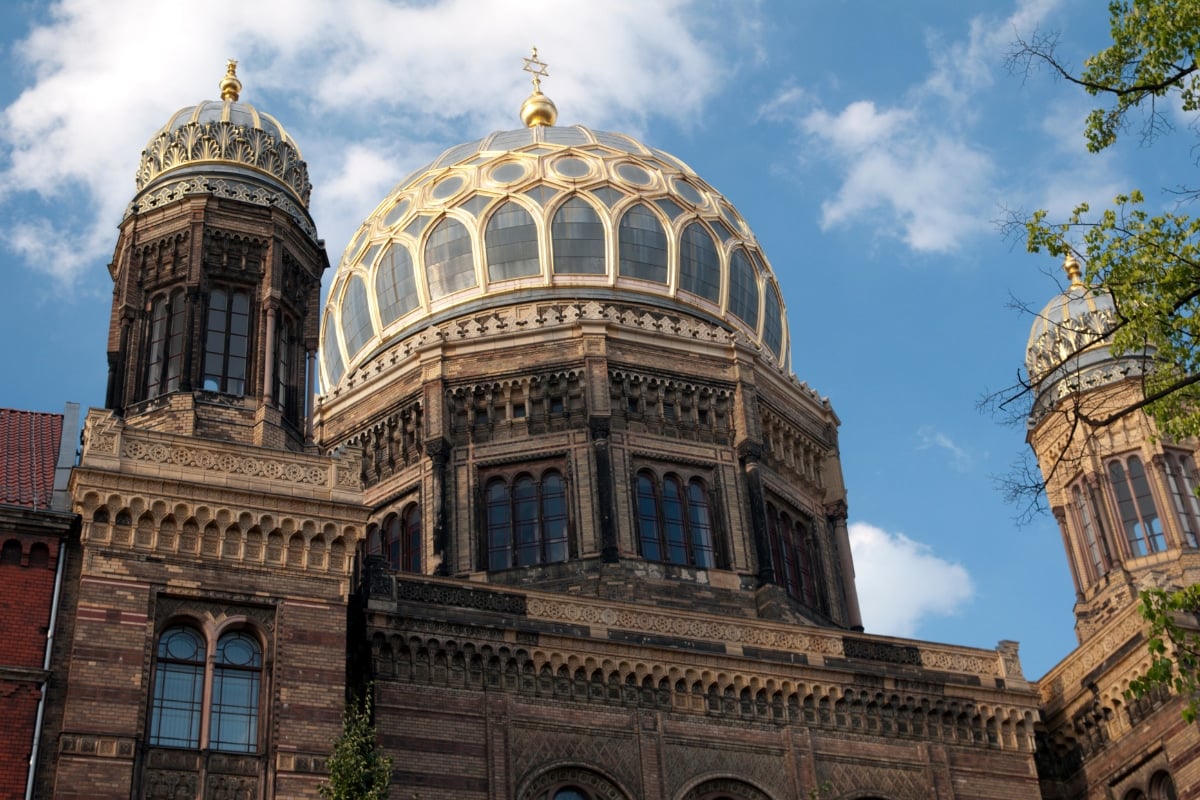
There are also many sites dedicated to the memory of Holocaust victims. One of the most iconic is of course the Memorial to the Murdered Jews of Europe. The memorial was designed by Peter Eisenman in 1980 featuring 2,711 concrete slabs spaced in a grid formation. There are no names on the slabs, a symbol of the countless victims, some of whom remain unknown to this day.
The Contribution of Berlin Jewry
However, Jewish German history is not all doom and gloom. For hundreds of years German Jews thrived in Berlin, some of whom made large contributions to the international Jewish world. Moses Mendelsohn, born at the beginning of the 18th century, moved to Berlin in 1743. He started his own businesses, studied under renowned German philosophers and academics, culminating in his founding of the Haskalah movement. This movement proved that Jewish law and culture could be intertwined with the secular life of German culture and enlightenment thinking.
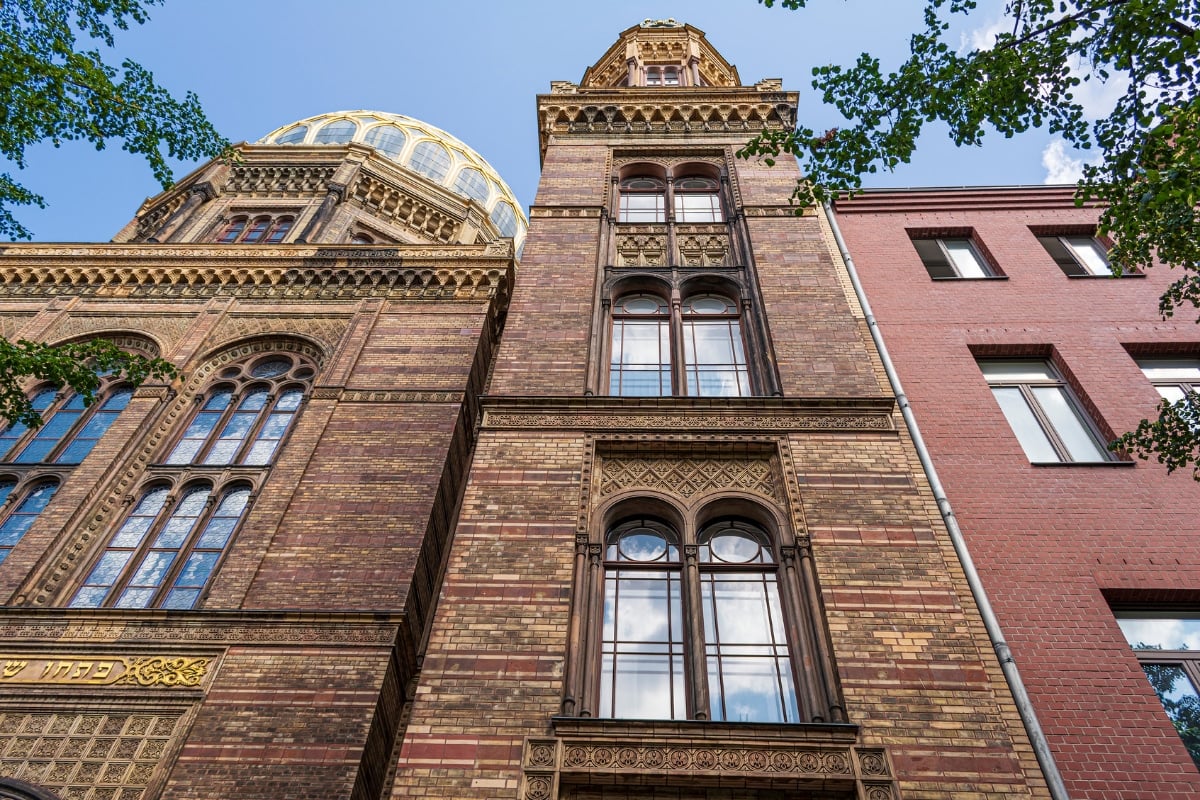
Of course one cannot talk about the heights of German and Berlin Jewry without mentioning the legendary Albert Einstein. The father of the theory of relativity, winner of the 1921 Nobel Prize, founding member of the Hebrew University of Jerusalem, and all around iconic personality. He is without a doubt one of the most famous Jewish names in the world. He lived, studied, and conducted his research in Berlin academies during the early 20th century. In 1933, on a visiting professorship in New Jersey, he learned that Hitler had taken absolute power. He then decided to never return to his homeland and died in New Jersey in 1955.
The Continued Story of Jewry in Berlin
Jewish Berlin has been revitalized in every sense of the word now drawing in Jewish communities from across the globe. In addition to the rising population of German Jews in Berlin, thousands of Israelis have flocked to the city for career and educational opportunities. It’s a story that borders on the unreal, yet manifested all the same, a living dream that you need to experience for yourself.
